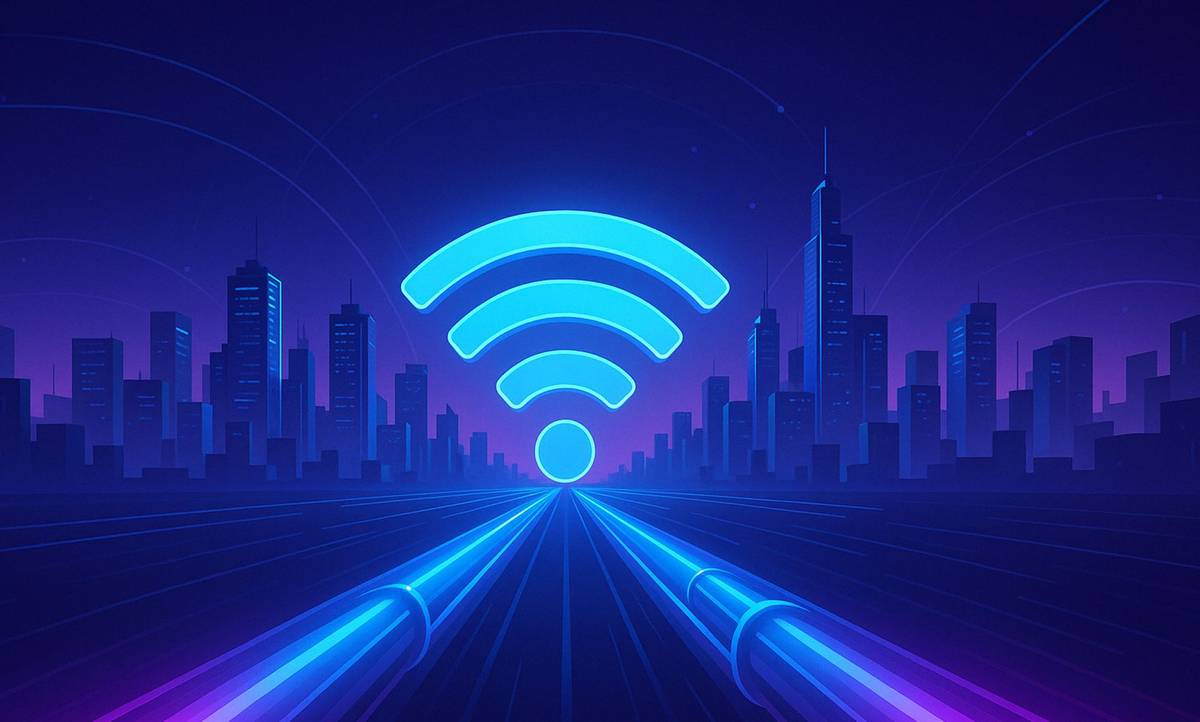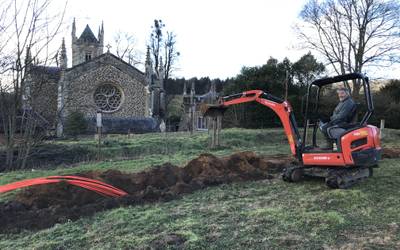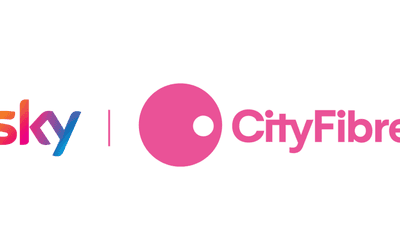Technology is changing fast and the upcoming 10 years looks to be even more transformative. From total full fibre coverage to 6G integration, broadband in the UK is on the edge of a new era which will be faster, smarter and more resilient than ever before.
Full fibre becomes the norm
The change we’ve all been waiting for will finally happen. We’ll have full fibre broadband coverage that serves the whole country. Currently, full fibre (also known as Fibre to the Premises or FTTP) reaches just under 60% of UK homes, but the government and network providers are pushing hard for nationwide availability by 2030.
Unlike older Fibre to the Cabinet (FTTC) solutions, which still rely on copper wiring for the final leg of the journey, FTTP delivers fibre-optic connections directly into homes and businesses. This allows for massively faster speeds – up to 1 Gbps or more – and removes the annoying issues associated with copper, such as signal declining over distance and weather-related disruptions.
For consumers this means faster downloads, more stable connections and better performance during peak usage times. And for the economy, it means a stronger digital infrastructure that supports innovation, attracts investment and helps growth in industries like digital health, fintech and AI.
More competition
The rollout of full fibre is being driven not only by BT Openreach but also by a growing number of alternative network providers (altnets) like Hyperoptic, Community Fibre and Gigaclear. These newer independent brands are bringing faster broadband to underserved areas and rural communities and forcing the ‘Big 5’ – BT, Virgin Media, Sky, TalkTalk and Vodafone – to improve their offerings.
Over the next five years, this increased competition will hopefully drive prices down and quality up, giving the country more choice than ever before. We expect to see more tailored broadband packages, improved customer service and a wider range of bundled services as providers try to stand out in a crowded market.
Beyond gigabit
While 1 Gbps is already a massive step up from standard broadband speeds, the next decade will see the arrival of multi-gigabit services. Providers such as Virgin Media O2 and Community Fibre are already trialling and rolling out packages offering speeds of 2 Gbps, 5 Gbps and beyond.
This level of speed may seem excessive to the average household today, but as bandwidth-hungry tech advances – think 8K streaming, advanced cloud gaming and immersive virtual reality – the need for higher capacity will grow.
The 5G (and 6G) effect
While fixed broadband will continue to be the go-to for most homes and businesses, mobile broadband is gaining ground thanks to the expansion of 5G. Offering speeds that rival (and sometimes beat) traditional broadband. 5G is unlocking new possibilities, from mobile hotspots and home wireless broadband to real-time connectivity for smart cities and autonomous vehicles.
In the longer term – likely toward the end of the next decade – we’ll begin to see the rollout of 6G, which promises speeds up to 100 times faster than 5G, ultra-low latency, and near-instantaneous communication. While still in early stages of development, 6G could revolutionise areas like remote surgery, AI-driven logistics and push the adoption of new technology like autonomous vehicles.
For broadband consumers, this evolution in mobile connectivity could provide a good alternative or supplement to fixed-line services, especially in more rural areas.
Broadband gets smarter and greener
Another big change will be in how broadband services are managed and delivered. Artificial intelligence (AI) and machine learning are beginning to play a role in network management, enabling providers to detect issues, manage traffic and optimise performance in real time.
This means fewer outages, better customer experiences and more efficient infrastructure. Smart routers will become more common, automatically adjusting settings for optimal performance and offering enhanced parental controls, security features, and even home automation integration.
Sustainability will also be a key theme. As climate concerns intensify, broadband providers are under pressure to reduce their carbon footprints. Expect to see greener data centres, more energy-efficient hardware, and initiatives aimed at reducing electronic waste through longer-lasting equipment and repair-friendly policies.
Bridging the digital divide
Despite all this progress, one of the biggest challenges the UK faces is ensuring that everyone has access to reliable and affordable broadband. According to Ofcom, around 1% of UK premises still don’t have access to decent fixed-line broadband and digital exclusion remains a real issue for low-income households and older residents.
In the next 5–10 years, we’ll hopefully see a growing focus on digital inclusion, driven by both government initiatives and industry efforts. Projects like Project Gigabit are already targeting remote areas, while social tariffs – discounted broadband packages for eligible customers – are becoming more widely available.
The future of broadband must be fair as well as innovative, and the next decade could see big improvements in ensuring no one is left behind.
Geoff Pestell, CEO of Fibre Compare, says:
"In the next 5 to 10 years, Britain will undergo a broadband revolution. We’re entering a new era of incredibly fast fibre broadband, making reliable broadband as essential as electricity in every British home.
For households, this means seamless connectivity for work, education, entertainment and smart technology. It’s not just about speed; it’s about empowering families and individuals with the infrastructure to thrive in a fully digital future. It will define how we live and work”



